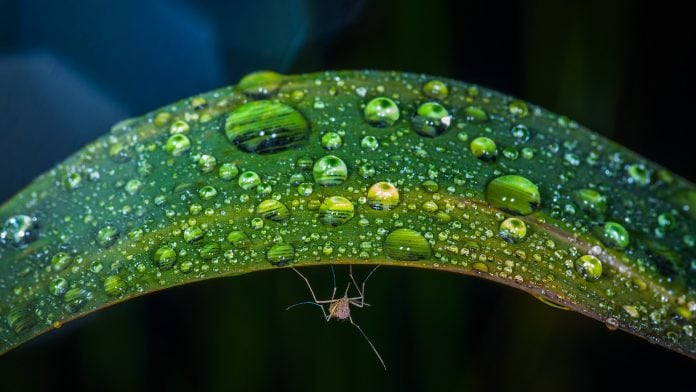
For the first time, research has been able to completely block the reproductive capacity of the malaria virus using a designer molecular approach.
Researchers from Imperial College London, UK, were able to selectively target specific mosquito species responsible for the transmission of the malaria virus and alter the gene of female mosquitoes, causing infertility.
The technique of gene drive
The study conducted by researchers, condensed populations of the malaria vector mosquito Anopheles gambiae in only 7-11 generations. The particular technique implemented, known as gene drive, was used to selectively target the specific mosquito species, Anopheles gambiae, that is responsible for malaria transmission in sub-Saharan Africa.
The aim of the research is to essentially control the mosquitoes carrying the gene drive, whereby mosquitoes released in the future would spread female infertility within local malaria carrying mosquito populations, therefore causing them to collapse.
There are roughly around 3,500 species of mosquito worldwide, whereby only 40 related species have the ability to carry malaria. In 2016, there were around 216 million malaria cases and an estimated 445,000 deaths worldwide, most of them being children under the age of five years old.
“2016 marked the first time in over two decades that malaria cases did not fall year-on-year despite huge efforts and resources, suggesting we need more tools in the fight,” says lead researcher Professor Andrea Crisanti, from the Department of Life Sciences at Imperial College London.
Breakthrough findings
The team’s results have shown for the first time that gene drive has been able to completely suppress a population, overcoming resistance issues previous methods of tackling the malaria virus have faced.
Crisanti added: “This breakthrough shows that gene drive can work, providing hope in the fight against a disease that has plagued mankind for centuries. There is still more work to be done, both in terms of testing the technology in larger lab-based studies and working with affected countries to assess the feasibility of such an intervention.
“It will still be at least 5-10 years before we consider testing any mosquitoes with gene drive in the wild, but now we have some encouraging proof that we’re on the right path. Gene drive solutions have the potential one day to expedite malaria eradication by overcoming the barriers of logistics in resource-poor countries.”
The team targeted a gene in Anopheles gambiae called doublesex, which determines whether an individual mosquito develops as a male or as a female. They then engineered a gene drive solution designed to selectively alter a region of the doublesex gene that is responsible for female development. Males who carried this modified gene showed no changes, and neither did females with only one copy of the modified gene. However, females with two copies of the modified gene showed both male and female characteristics, failed to bite and did not lay eggs.
Their experiments showed that the gene drive transmitted the genetic modification nearly 100% of the time. After eight generations no females were produced, and the populations collapsed because of lack of offspring.
Why have we only discovered this now?
Previous attempts of the gene drive technique encountered resistance, whereby targeted genes developed mutations that allowed the gene to carry out its function but were resistant to the drive, therefore the changes would then be carried and passed down to the offspring, conclusively halting the gene drive in its tracks.
Although this research has shown first time results of the resistance to be overcome, the team emphasise that additional experiments are needed to investigate the efficacy and stability of the gene drive under confined laboratory settings that mimic tropical environments.
This therefore involves testing the technology on larger populations of mosquitoes confined in more realistic settings, where competition for food and other ecological factors may change the fate of the gene drive.
























